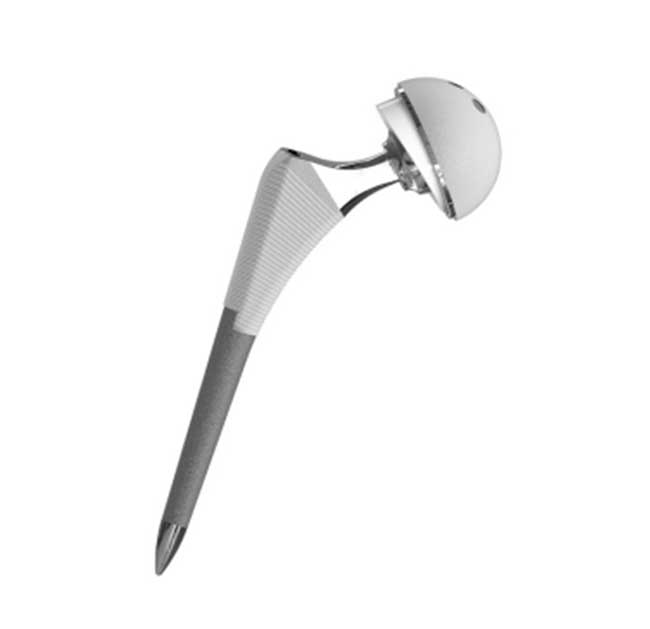Causes of Hip Snapping
 Nov. 26, 2020
Nov. 26, 2020
A rattle is a sound that can be heard or felt in the hip joint during active extension and flexion activities and walking. There are many causes of rattles, among which lateral factors are more common.
The popping sensation, felt by both the patient and the physician, can sometimes be caused by intra-articular conditions such as osteochondromatosis, other free bodies, injury to the glenoid labrum of the acetabulum, or Hemi-dislocation of the hip joint secondary to an abnormality of the posterior acetabulum or paralysis of the hip muscles. Habitual hip dislocation or Hemi-dislocation in children and young adults is also a cause of popping hips.
1. Intra-articular factors
The popping sensation felt by both the patient and the physician can sometimes be caused by intra-articular conditions such as osteochondromatosis, other free bodies, injury to the glenoid labrum of the acetabulum, or Hemi-dislocation of the hip joint secondary to an abnormality of the posterior acetabulum or paralysis of the hip muscles. Habitual hip dislocation or Hemi-dislocation in children and young adults is also a cause of popping hips.
2.Medial factors of the hip joint
Snapping hips can be caused by a structural disorder of the iliopsoas tendon or its subumbilical bursa. The iliopsoas tendon moves to the lateral side of the center of the femoral head during hip flexion and slides to the medial side across the femoral head during hip extension.
This back and forth movement of the iliopsoas tendon over the femoral head can produce a rebound. The iliopsoas muscle also reverberates when it slides over the iliopubic crest projection or small coarse exostosis. The tendon also reverberates when it crosses the bursa of the iliopsoas, which is elevated between the tendon and the anterior aspect of the acetabular bursa. It has been shown that iliopsoas bursa imaging is the most useful radiologic test for identifying the cause of medial acetabular ricochet. In this patient, MRI is effective in ruling out intra-articular pathology.

3. Extra-articular factors of the hip
The main cause is a thickening of the posterior border of the iliotibial band or the anterior border of the gluteus maximus tendon, which occurs when the hip is flexed, abducted, or internally rotated, and the thickened tissue slides back and forth over the greater trochanter with a rebound. This phenomenon is absent with passive exercise, is more common in young adults, and is often bilateral. Multiple intramuscular injections causing fibrosis of the posterior gluteus maximus muscle can also cause rebound and require surgical intervention.
Anechoic reverberations caused by disorders of the lateral hip structures rarely require surgery because they do not cause pain. Patients are often reluctant to undergo treatment when the cause is understood. If pain occurs, the first step is to control the symptoms with conservative treatment as much as possible, such as physical therapy, local injections, or changes in movement habits, which are generally effective.
Physical Therapy Programs.
A popping hip is a problem most coaches have seen before, as it is not uncommon in the population. The main symptoms are bouncing and staccato noises around the joint during active flexion and extension activities and the function of the joint may be affected, especially during flexion or adduction and internal rotation, which requires a "don't" sound. The sensation. Other than that, there is usually no pain or other discomfort, so it is rare for people to seek medical attention. Often people discover that they have a problem with their yoga practice only after they have practiced yoga, because the hip joint is still active during yoga, so this problem may have some effect on some yoga poses.
The underlying cause of this problem is mostly related to muscle tension around the hip joint, although muscle tension around the hip joint can be caused by congenital, cold, strain, injury, etc. There are two general categories: extra-articular and intra-articular elasticity. Extra-articular rebound is more common, mainly due to the thickening of the posterior border of the iliotibial band and the anterior border of the tendon attachment of the gluteus maximus muscle when the hip joint is in flexion, abduction, or internal rotation. It is usually bilateral, and is more common in young adults in women.
The above information is provided by the hip joint supplier.













